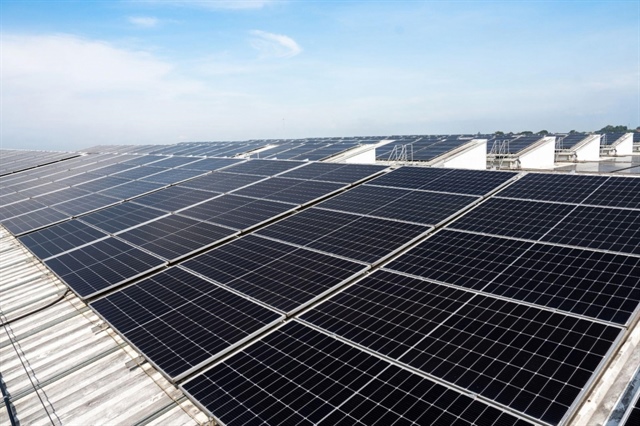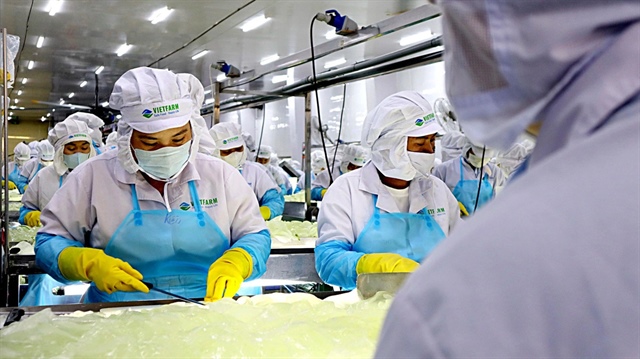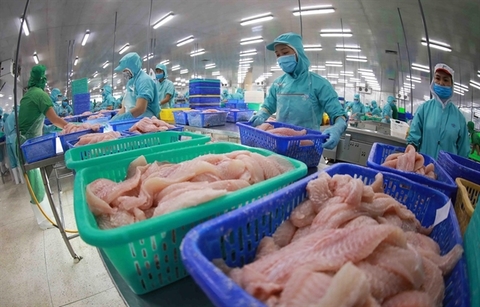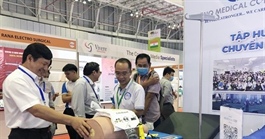Textile firms call for favourable policies amid pessimistic prospects
Textile firms call for favourable policies amid pessimistic prospects
With a pessimistic outlook for the second half of 2022, textile firms are calling for favourable governmental policies to turn their situation around.
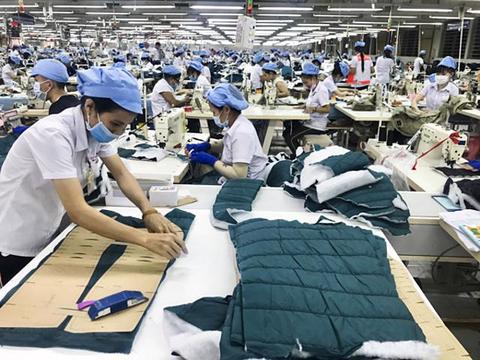
The Vietnam Textile and Apparel Association (VITAS) said that textile firms came out of the first seven months of the year relatively well.
Textile exports hit US$26.55 billion, up 16.5 per cent year-on-year. Textile trade surplus reached US$11.07 billion, 31 per cent higher than last year. The industry created 1.9 million jobs with an average monthly wage of VNĐ8.5 million.
However, VITAS was concerned that the situation would worsen in the next five months due to three unfavourable factors.
The first factor is the weakening demand of Việt Nam's trade partners.
Specifically, China, Japan and many other countries are tightening their preventive measures against COVID-19, causing trade disruptions.
High inflation in large importers such as the US and EU fuel the situation by eroding consumer buying power, further dragging down textile demand.
It is also worth noting that the Russia-Ukraine conflict will likely grow fiercer in the short term. With the conflict unabated, textile flows to the countries would remain low for several months.
Meanwhile, the recent depreciation of neighbouring currencies against the US dollar is putting Vietnamese exporters at a disadvantage.
The Chinese yuan has depreciated by 5.3 per cent and the Japanese yen by 16 per cent against the US dollar, whereas the Vietnamese đồng by just 1.8 per cent, eroding Vietnamese textiles' price advantages.
On top of that, the US's Uyghur Forced Labour Prevention Act (UFLP) and the EU's plan on carbon fees are expected to set the bar high on cotton. Vietnamese firms thus must overcome more administrative barriers to bring their cotton-derived products to those markets.
The second factor is labour shortages caused by shrinking urban labour forces. It is a burning issue because textiles is a labour-intensive industry.
Given many workers left cities during the pandemic and never returned, and others took early retirement, the industry is expected to remain slack for the rest of 2022.
The last factor is the faltering financial situation of many textile firms amid mounting costs. Notably, input costs have increased by around 25 per cent, and transport costs have tripled since early in the year.
As the firms were drained inside-out during the pandemic, mounting costs are expected to drive them further into economic woes, eroding profits and hampering expansion.
VITAS urged the Government to approve "The Development Strategy for Textile and Footwear Industries to 2030, with a Vision to 2035" to benefit better from free trade agreements (FTAs) as the strategy would pave the way for large industrial parks that meet FTAs standards.
VITAS also called for the abolition of several tariffs on imported goods used to manufacture exports since the tariffs are believed to discourage textile trade.
VITAS also called on tax authorities to process tax refunds faster to save textile firms from unnecessary costs. Many firms borrow money from banks to pay taxes. That means the more delays in tax refunds, the more interest the firms have to pay for their loans.
Additionally, VITAS called for amendments to the Law on Social Insurance to promote labour stability. The association said the current social insurance premium is so high that it encourages early retirement, resulting in volatile labour forces.
VITAS also urged the Government to discuss the facilitation of goods movements with its neighbouring countries to boost trade and keep firms well-informed about the UFLP Act.




